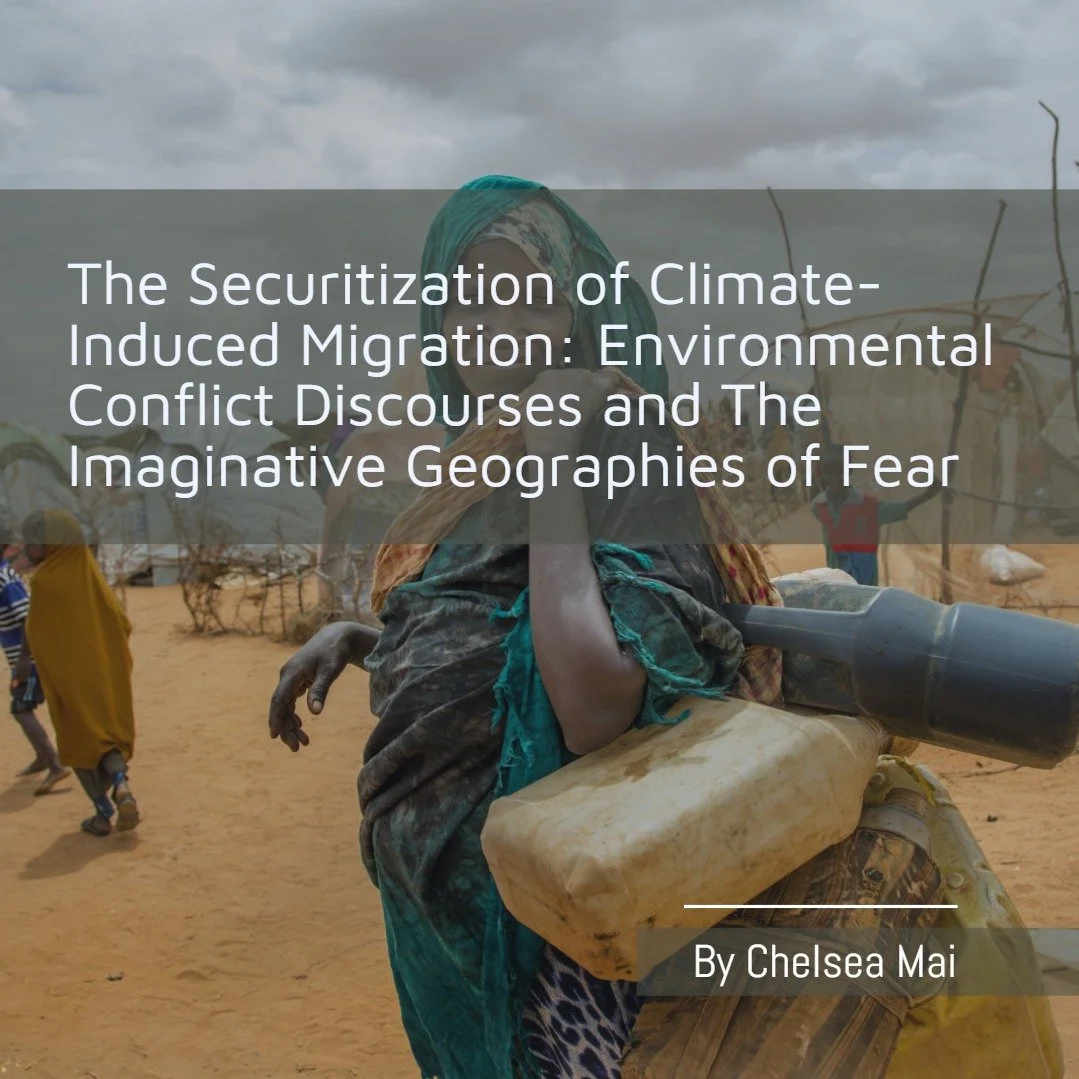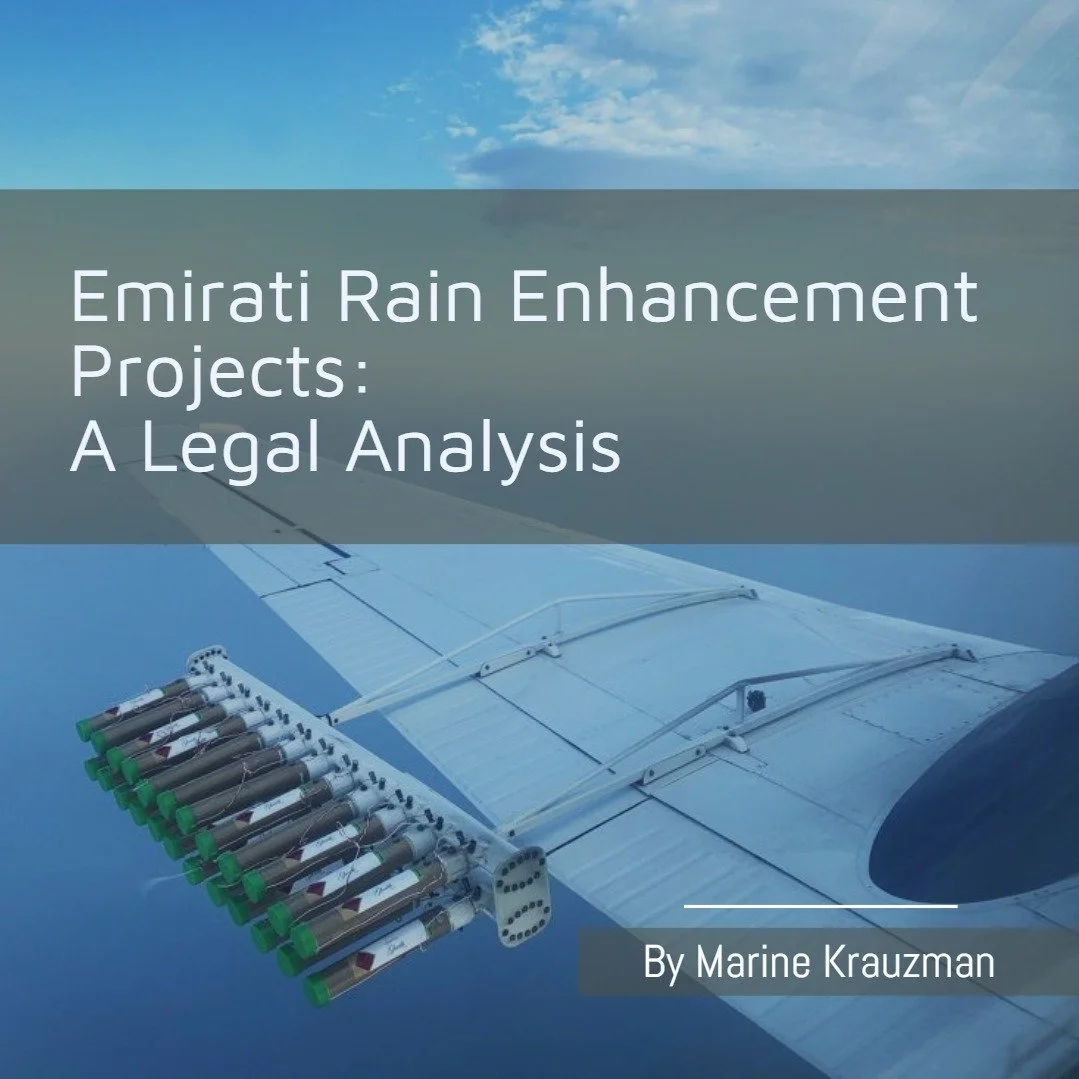The UN Framework Convention on Climate Change, signed in 1992, marked a milestone when climate change concerns were raised globally, and the UN became a powerful speech actor securitizing climate change. In 2007, the UNSC debate on the international security implications of climate change focused on the threat of climate-related conflicts [1][2]. However, military and political institutions constantly frame climate change as a threat to national security and a priority for foreign policy [3] as well as a catalyst for future conflicts [4]. These narratives of danger are caused by the securitization of the environment had shaped policies, favouring technocratic solutions and development interventions in so-called climate hotspots.
The Securitization of Climate Induced Migration: Environmental Conflict Discourses and The Imaginative Geographies of Fear
The nexus between Climate Change and security has obtained much relevance in the 21st century. Climate Change is perceived to be a source of insecurity that has the potential to exacerbate existing security threats. Climate Change is thus viewed as a ‘threat multiplier’ and a source that can induce violent conflicts when viewed through the lens of Environmental Conflict Discourses. Environmental Conflict Discourses (ECD) link traditional security concerns to the environment. ECD prioritizes the security of the state over the human populations engaging in conflict and also identifies migration as a trend that can aggravate environmentally induced conflict. ECD asserts that groups within society will likely engage in conflict once natural resources deplete due to environmental degradation. Resource scarcity and the conflict that ensues because of climate induced environmental degradation may force people to move across borders and become potential ‘Climate Refugees’. ECDs however, lack widespread empirical evidence to support the claim of a direct causal link between Climate Change, conflict and migration. It can be argued that ECDs have played a more substantial role in the imaginative geographies of fear about climate refugees which have informed policies to securitize Climate Induced Migration (CIM).
Emirati Rain Enhancement Projects: A Legal Analysis
The United Arab Emirates leads the Arabian Peninsula in the implementation of rain-enhancement techniques in a region increasingly challenged by water scarcity. Although cloud seeding is an ancient field of study, it is still poorly understood and controlled, leaving numerous questions unanswered. What are the benefits and limits of these techniques, especially regarding their militarization? To what extent does the state have a right to water contained in the clouds? This article explores the new electrical shock method of cloud seeding of the United Arab Emirates, which compensates for the limitations of older methods, and questions the international regulation of environmental modifications techniques.




